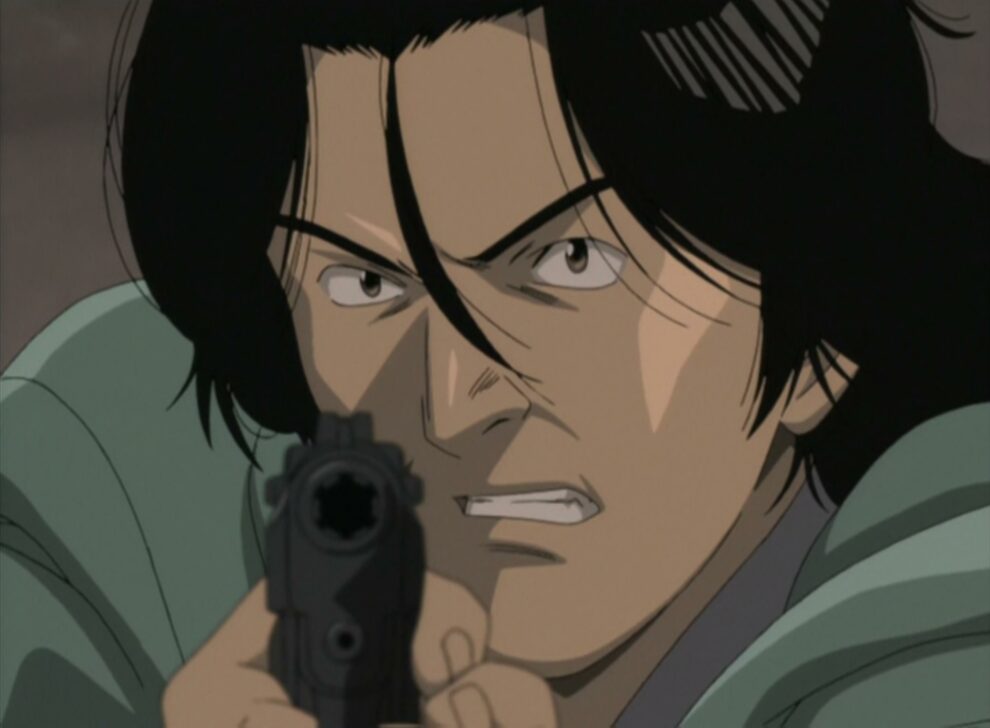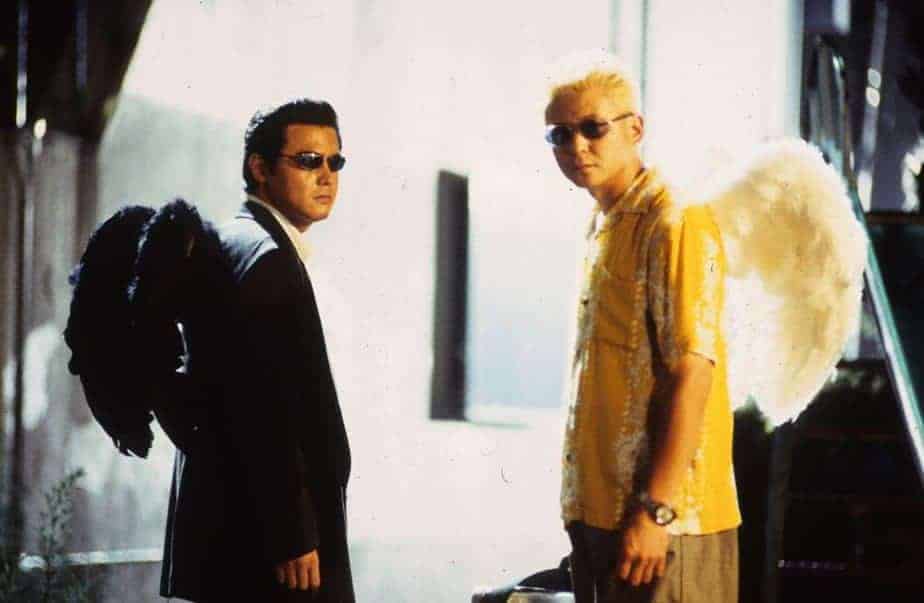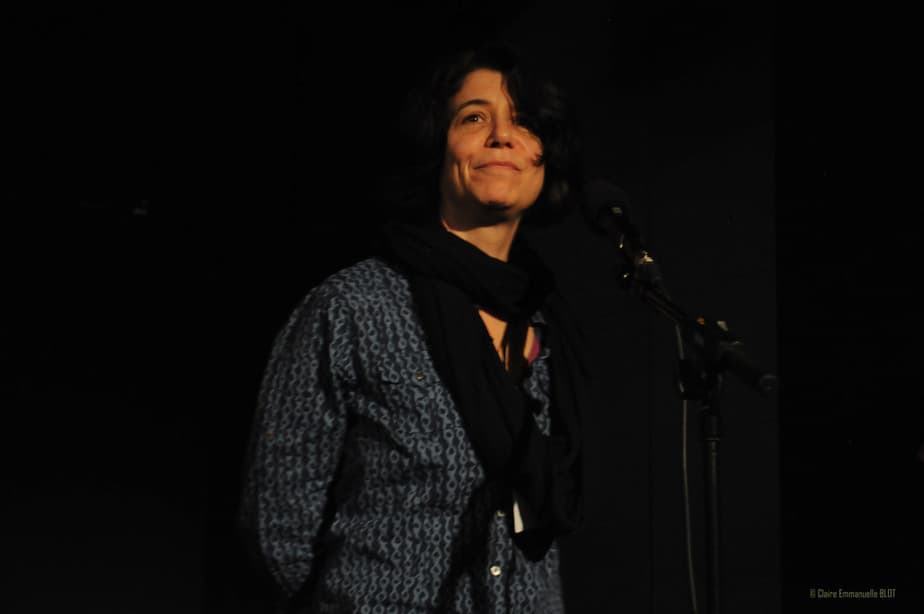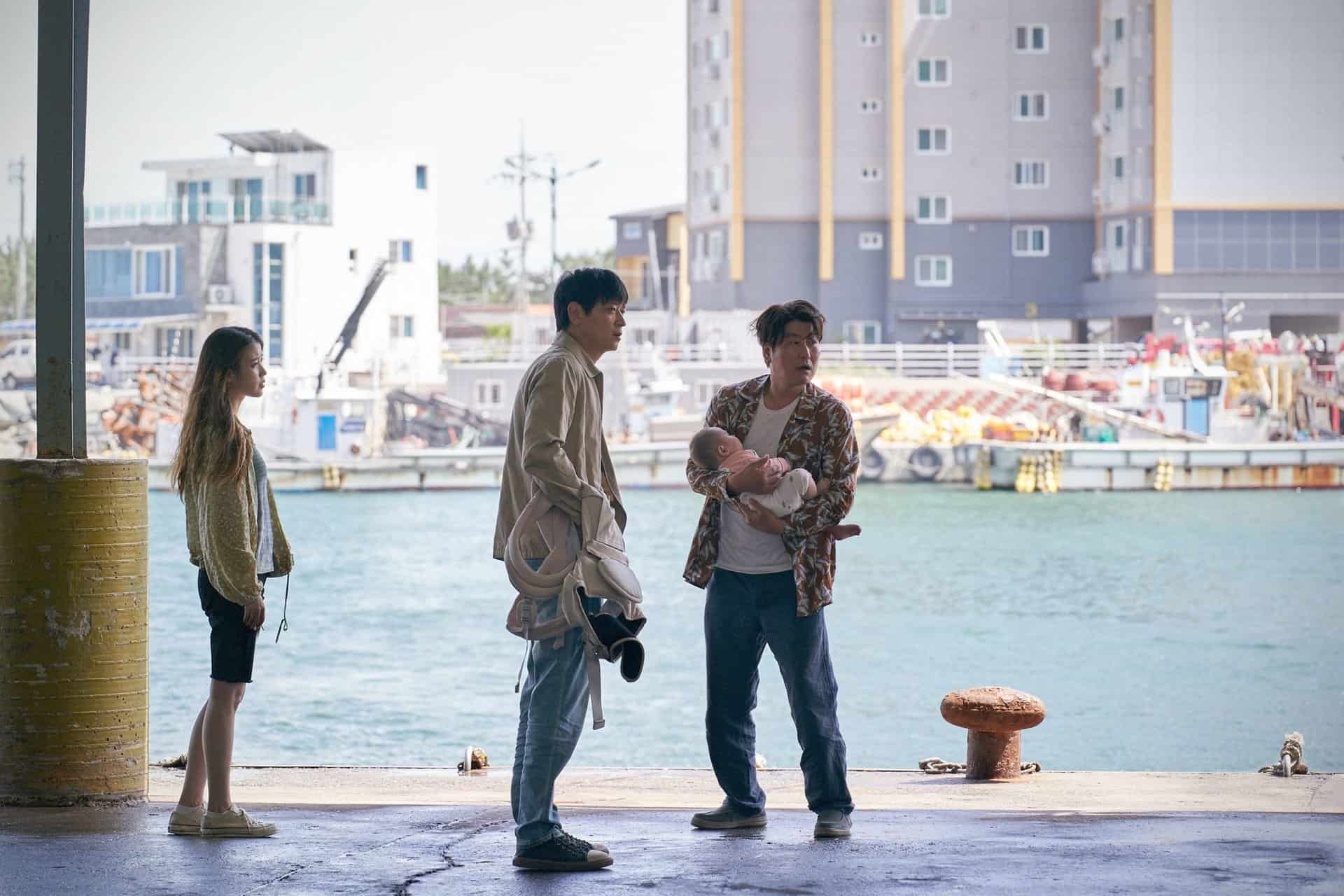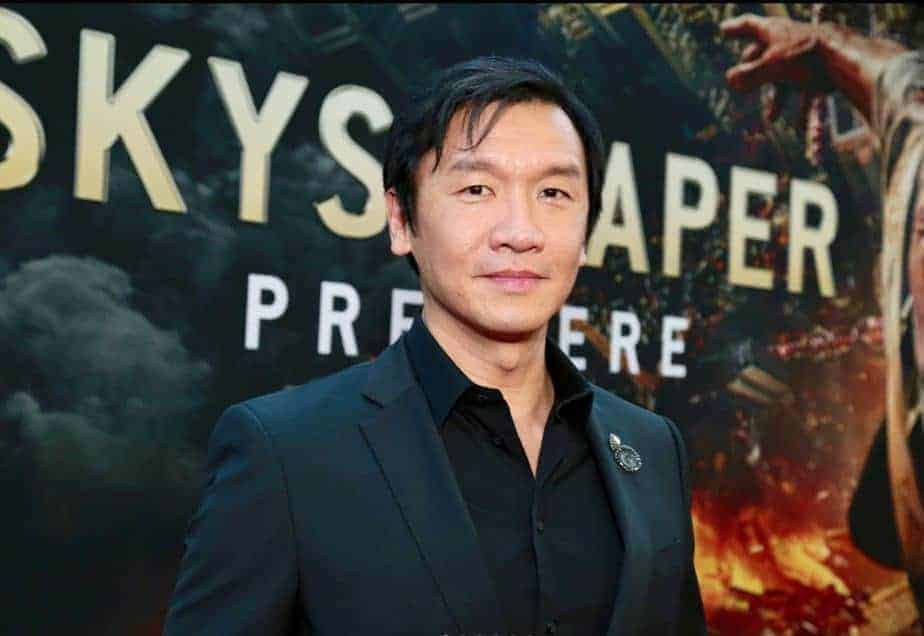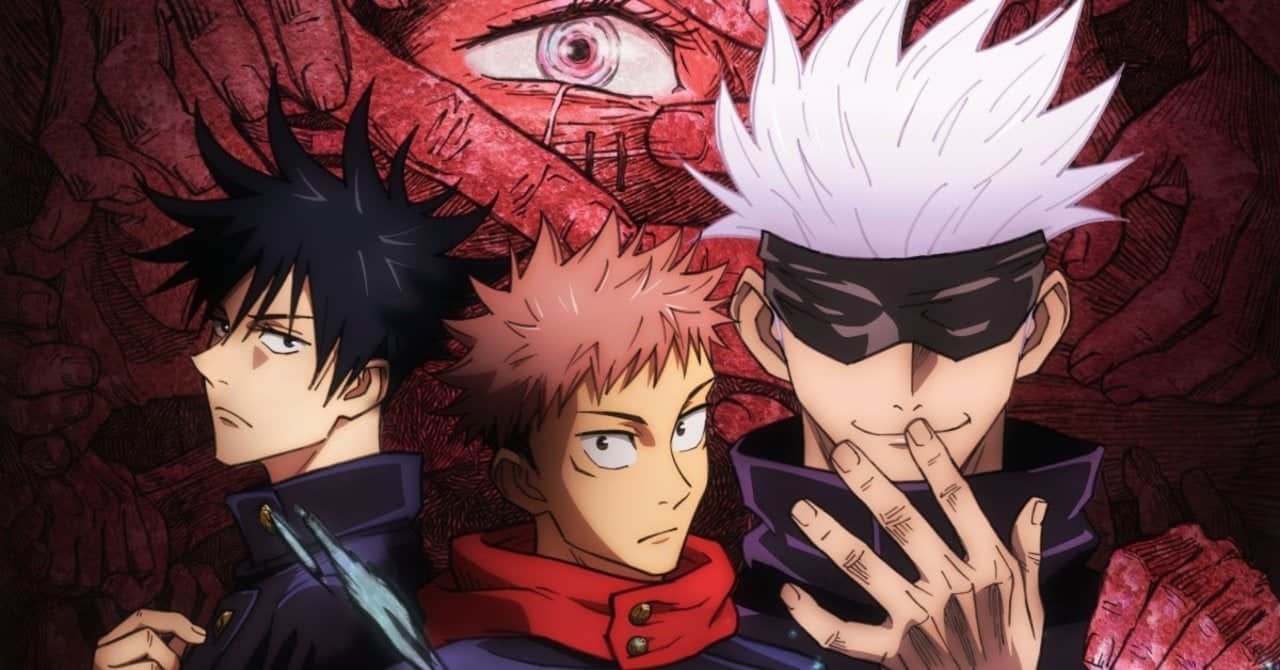That flickering feeling of unease that seems to creep across oneself in the night; a suggestion of the evil that lies within humanity condensed into an experience. Naoki Urasawa's “Monster” captures just this sensation. Adapted by Madhouse and Masayuki Kojima twenty years ago, the story of the wronged doctor chasing down the devil-incarnate manages to stick in the memory of all those who have seen it. The manga was the grand prize winner of the Osamu Tezuka Cultural Prize in 1999 and its anime adaptation was equally acclaimed amongst fans and critics. Its unmistakable blend of horror and psychological crime thriller captivated audiences and left its mark in the cultural footprint of the anime industry.
Gifted neurosurgeon Kenzo Tenma seems to have the whole world at his feet. Engaged to the daughter of the director of the hospital and rising quickly through the ranks, our protagonist's life is heading exactly in the direction he wants it to. However, after a patient dies due to the director removing him from the surgery to operate on a celebrity client, the surgeon rebels and saves the life of a boy (a twin who had been shot in the head) over the mayor of the town in accordance with the equality of life. In the aftermath, he is stripped of his role and any possible advancement within or outside the hospital and the breaking of his engagement with Eva Heinemann. Ground to a halt, his life appears hopeless until the director and two other senior staff members are poisoned, and Tenma is promoted to Chief of Surgery.
Click the image below to follow our Tribute to Netflix
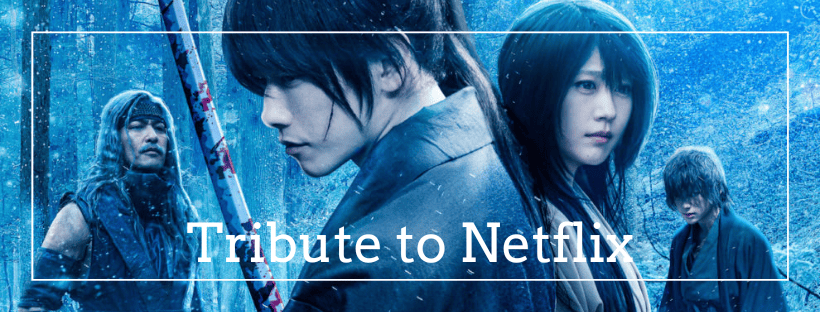
This sudden change of fate also coincides with the disappearance of the boy he had operated on along with his twin sister. Nine years pass with seemingly little progress in terms of the twins' location or the police's interest in the neurosurgeon until a series of events result in one of his patients being murdered in front of him. This mysterious killer, a “monster”, talks directly to the doctor and it suddenly dawns on him that this man who has orchestrated killings up and down the country is the boy he saved all of those years ago: Johan Liebert. Revealing that he killed the hospital director in a favour to the surgeon, the man disappears.
Wracked with guilt at the deaths of the hospital director and the idea that he brought a monster back to life, Tenma attempts to stop the boy he saved all those years ago by undoing his actions and killing the man. Rendered a fugitive from the law after another series of murders, the falsely accused protagonist trains and sets out in search. Alongside a series of characters, including the other twin Nina Fortner, the doctor uncovers the monster's past and what shaped this spark of pure evil into the serial killer that stands before them.
Ideas of abuse, trauma and the possibility of the existence of true evil permeate the series. What sets this show apart from others that explore similar themes is the mature analysis of the human condition that runs parallel to each of these. Do monsters simply exist or were they shaped into such a creature due to the greed of others? Each character introduced seems to be a further examination of this central question. Especially in the case of Wolfgang Grimmer whose life mirrors that of Johan but has instead devoted himself to exposing human rights abuses. It is in this comparison that the centrality of cycles of abuse to the narrative comes into focus. Both characters were abused as children but one chose to perpetuate this cycle of abuse whereas the other sought to destroy it once and for all. In this, the series highlights the possibility that where evil can take root so too can kindness.
Across the board, the voice actors produce some stunning performances. Central to the anime's success is Hidenobu Kiuchi as Kenzo Tenma. His ability to punctuate each line of dialogue with the undercurrent of doubt that lies at the heart of his character is masterful. However, this pathos is only allowed to exist due to the maliciousness of his antagonist. Nozomu Sasaki's choice to portray Johan as a soft-spoken, choir boy stands so at odds with his actions that it results in one of the most memorable villains in media.
For the most part, the animation is standard of 2000s anime with a few inspired deviations. Yuji Ikeda's use of live-action camera techniques helps to amplify the horror of certain situations. The best example of this is the infamous “Welcome home” scene that only gets stronger with each repetition. Additionally, Ikeda's backgrounds are drab, grey watercolours that only strengthen the melancholia that imbues each location. Character designer Shigeru Fujita remains loyal to Naoki Urasawa's original manga art, creating an adaptation that is easily recognisable to any of the source material's original fanbase. Moreover, this deliberate choice allows the audience to be keenly aware that this is an Urasawa story.
Twenty years on from its initial release, “Monster” still stands at the peak of psychological thriller anime. It sometimes gets overlooked in critical discussions in favour of Madhouse's own “Death Note” (released only three years later), yet the series holds up as not only one of the finest anime ever created but also one of the finest stories ever written. A complex battle between good and evil flipped on its head and wrapped around a labyrinthine narrative that leaves you desperately searching for answers and eagerly awaiting each new episode.


